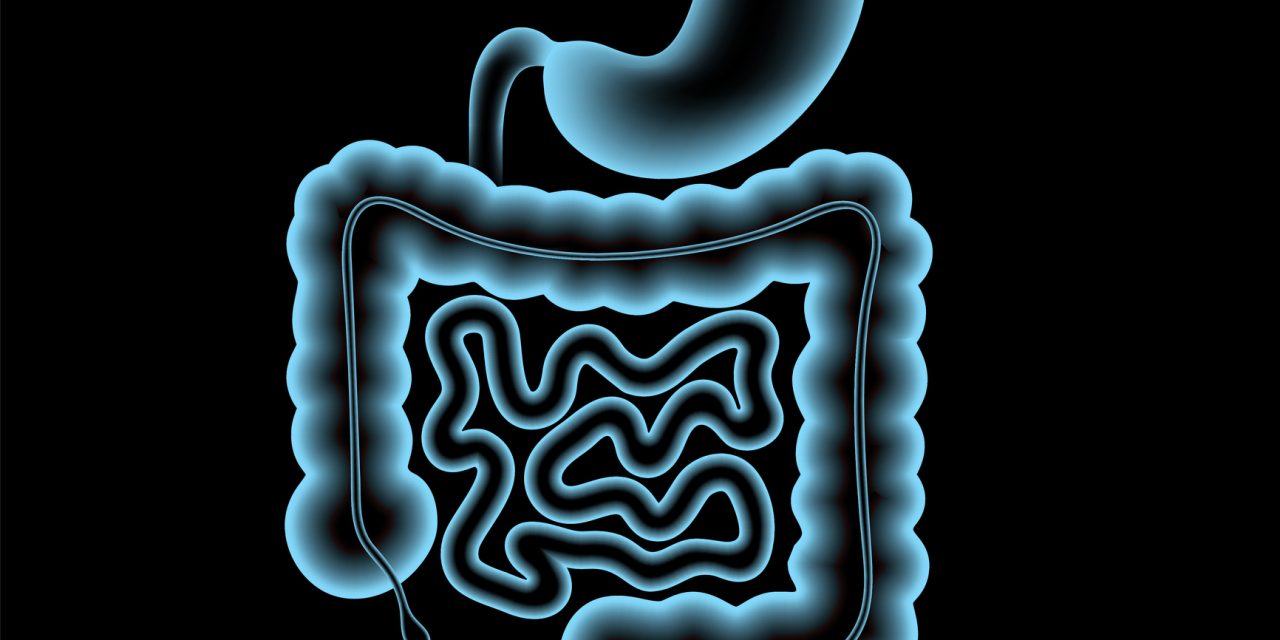Buried Barrett’s mucosa is defined as intestinal metaplasia that is “buried” under the normal-appearing squamous epithelium. This can occur in Barrett’s esophagus with or without previous endoscopic therapy. Dysplasia and neoplasia within buried Barrett’s mucosa have also been reported. However, endoscopic features of buried Barrett’s mucosa have not been described. At our tertiary referral center for Barrett’s esophagus, several endoscopic features have been observed in patients who were found to have buried Barrett’s mucosa on histology. These features are squamous epithelium which is (1) darker pink on white light and darker brown on narrow-band imaging and/or (2) has a slightly raised or nodular appearance. It was also observed that either of these 2 features are frequently seen adjacent to a Barrett’s mucosa island. This study aimed to (1) evaluate the diagnostic accuracy of these endoscopic features, and (2) evaluate the frequency of endoscopically identifiable buried Barrett’s mucosa in patients with dysplastic Barrett’s esophagus, before and after endoscopic eradication therapy METHODS: This was a retrospective analysis of a prospectively observed cohort of all dysplastic Barrett’s esophagus, referred to St Vincent’s Hospital, Melbourne. Endoscopy documentation software and histopathology reports of esophageal biopsy and EMR specimens between March 2013 and March 2019 were searched for terms “buried” or “subsquamous” Barrett’s mucosa. Endoscopic reports, images and histopathology reports of suspected buried Barrett’s mucosa were then reviewed to apply the endoscopic features and correlate with histologic diagnosis.
In a cohort of 506 patients with dysplastic Barrett’s esophagus, 33 (7%) patients (73% male, median age at referral 70.5 years) had buried Barrett’s mucosa on histology. Twenty-seven (82%) patients had prior treatment for dysplastic Barrett’s esophagus; radiofrequency (RFA) in 2 (6%), endoscopic mucosal resection (EMR) in 4 (12%) and both modalities in 21 (64%). Six (18%) had no prior treatment. 26 patients (79%) with histologically confirmed buried Barrett’s mucosa were suspected at endoscopy. Endoscopic features were (1) darker pink or darker brown mucosa underneath squamous epithelium (24%), (2) raised areas underneath squamous mucosa (27%) and both features concurrently present (27%). These features were associated with adjacent islands of Barrett’s esophagus in 48%. 44 cases of buried Barrett’s were suspected endoscopically, and these were sampled by biopsy (50%) and EMR (50%). Buried Barrett’s was confirmed in 26 cases, with a positive predictive value of endoscopic suspicion of 59%. Eighteen cases of endoscopically suspected buried Barrett’s mucosa had no buried Barrett’s on histology, with inflammation or reflux identified in 12 (67%). Dysplasia was identified within buried Barrett’s mucosa in 12 (36%); 5 intramucosal adenocarcinoma, 1 high-grade dysplasia, and 6 low-grade dysplasia. Endoscopic features of buried Barrett’s mucosa were observed in 11 of 12 cases harboring dysplasia or neoplasia, compared with 15 of 21 cases of buried Barrett’s mucosa without dysplasia.
In this retrospective analysis of a prospectively observed patients with dysplastic Barrett’s esophagus, buried Barrett’s mucosa was identified in 7%, including treatment-naïve patients. The proposed endoscopic features of buried Barrett’s were seen in 79% of patients with histology confirmed disease. These endoscopic features may predict the presence of buried Barrett’s, which may contain dysplasia or neoplasia. An overlap between the endoscopic features of inflammation, reflux and buried Barrett’s was observed. Future prospective studies are required to develop and validate endoscopic criteria for identifying buried Barrett’s mucosa.
Copyright © 2020 American Society for Gastrointestinal Endoscopy. Published by Elsevier Inc. All rights reserved.
Endoscopic features of buried Barrett’s mucosa.


